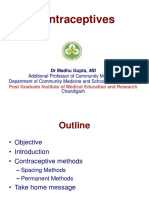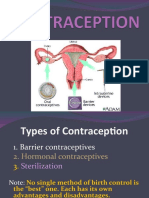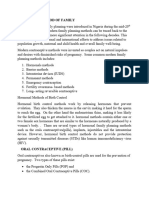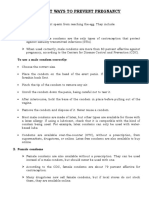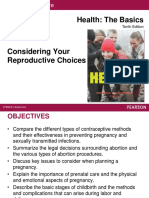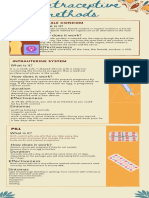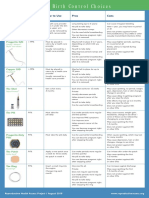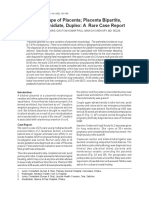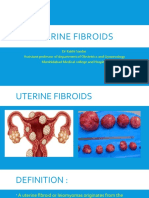0% found this document useful (0 votes)
11 views12 pagesBirth Control Methods
The document provides an overview of various birth control methods, including their effectiveness, potential side effects, and considerations for choosing a method. It emphasizes that there is no single 'best' method, as each has its pros and cons, and highlights the importance of consulting with a healthcare provider. Additionally, it clarifies that only male latex condoms are proven to protect against sexually transmitted infections (STIs).
Uploaded by
thatommipiCopyright
© © All Rights Reserved
We take content rights seriously. If you suspect this is your content, claim it here.
Available Formats
Download as DOCX, PDF, TXT or read online on Scribd
0% found this document useful (0 votes)
11 views12 pagesBirth Control Methods
The document provides an overview of various birth control methods, including their effectiveness, potential side effects, and considerations for choosing a method. It emphasizes that there is no single 'best' method, as each has its pros and cons, and highlights the importance of consulting with a healthcare provider. Additionally, it clarifies that only male latex condoms are proven to protect against sexually transmitted infections (STIs).
Uploaded by
thatommipiCopyright
© © All Rights Reserved
We take content rights seriously. If you suspect this is your content, claim it here.
Available Formats
Download as DOCX, PDF, TXT or read online on Scribd
/ 12



